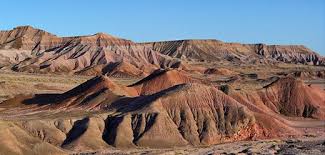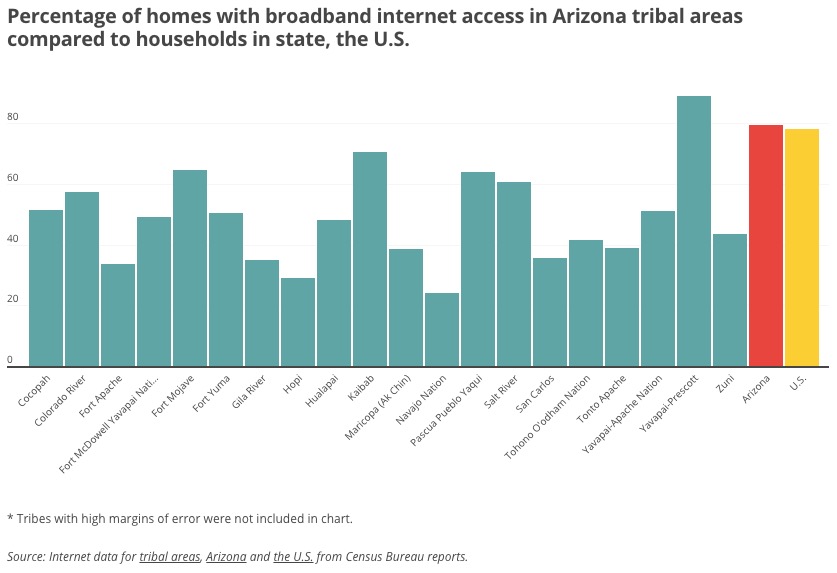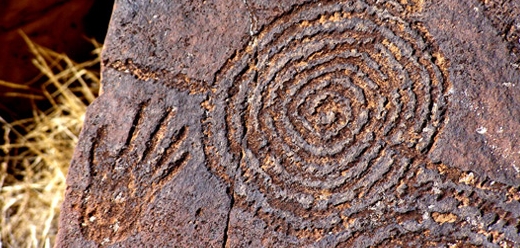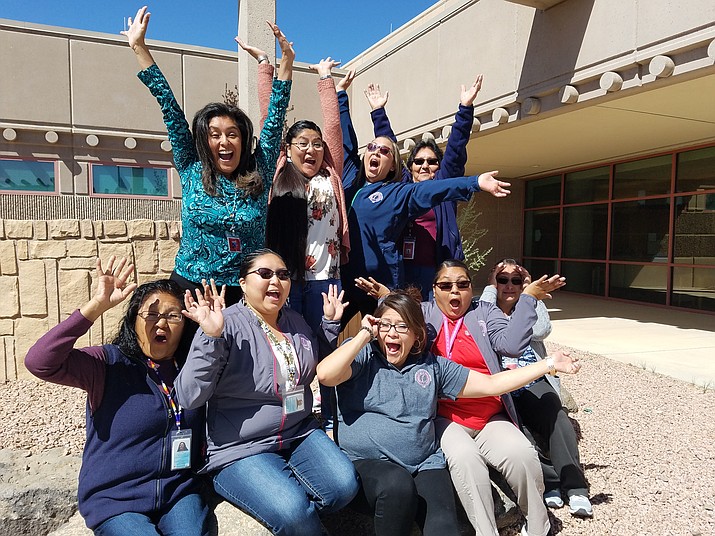HOPI TRIBE SOLUTIONS TO DIGITAL DIVIDE
Hopi Tribe
Kira Peck & Claire McReynolds
Introduction
In a world that is extremely technologically dependent, internet and computer access in the home has become a necessity for every person in our society. But, until governments provide equal accessibility, many individuals and communities will continue to be negatively affected by lack of affordable internet access, and lack of access in their community all together. Schools, businesses, and even government offices, assume that most people have a computer and internet in the home. And while that may be true, most, isn’t all, so people are being left behind by this way of thinking. Even more unfortunate, the people that are being left behind in this matter, are the already vulnerable and/or targeted groups of our world, and are disproportionately members of Native American Tribes. To combat this inequality, many rural Native Tribes are creating their own internet providers to provide their communities with the necessary tools and resources to access the internet. We look here, at the Hopi Tribe’s response to the lack of connectivity they faced and their plan--and execution--to not only get online, but to use the internet to boost their community’s economy and education programs.

Broadband Access
According to Indianz.com , “Only about 29% of Hopi households have access to broadband, compared to 79% in Arizona and 78% nationwide”(Indianz, 2019). In image 2, the graph shows the difference in broadband access between tribal areas and households in the US. Half the world's population is now under the age of 20. This means that children now are growing up in an era that is based around technology. With the lack of technology in a society, it causes a lack of knowledge putting them at a disadvantage. Many indigenous communities don't have the resources for teaching students the technical knowledge that other children are being brought up with. Though these communities of people live in a developed country does not mean they are receiving the same amount of resources. They are extremely underdeveloped compared to other communities in the country. Lack of access to computer and technology skills will lead to an entire generation to be disempowered. They will miss many opportunities in their careers due to this disadvantage. Having access to the internet would allow these indigenous communities to have a bigger voice within the media and there would be less of a divide between cultures.

Economic Issues
The Hopi Tribe is one of the most vulnerable and underdeveloped populations in the United States. The tribe is located in northeastern Arizona, more than 1.5 million acres. The tribe is made up of 12 villages on three mesas and occupies part of Navajo and Coconino counties. It is isolated and completely surrounded by the Navajo Nation. Since the location is extremely remote and rural, there are many economic challenges. Affordable and reliable internet access is one of their main goals to close the digital divide. On reservations, this divide can mean interrupted time with doctors or therapists. For students, it can cause limited educational resources and for smaller businesses the divide puts them at a disadvantage. Closing this digital gap could mean the world for this tribe. Having broadband access would give students the advantage to take online classes or give adults the advantage of applying to jobs online.
The Hopi Tribe is not alone. Fewer than half of households on tribal lands in Arizona have access to broadband internet. According to T. Digital equity and intercultural education, “The digital divide is present across the globe as the result of a complex of factors such as the inequality in: access to hardware and connectivity; autonomy of use; digital and literacy skills; availability of technical and social support; and access to educators skilled in the use of information and communication technologies (ICTs)”(Resta, 2015). There are many challenges on reservations to get broadband. They have to cover large swaths of sparsely populated rural land and many of the reservations systems continue to operate with weak fiber optics or copper lines. Since no private firms wanted to invest in the low-density, high- cost markets that are tribal areas, the tribes decided to provide the service themselves.

Addressing the digital divide between communities can lead to economic growth, easier access to medical care, increase in wages, job opportunities, and lower-cost online education. Many indigenous communities are trailing significantly behind, with no or little sign of progress. Reliable and affordable internet is the same price for larger companies and for tribal carriers but tribes can face added layers of federal regulations. There are only nine tribally operated and owned telecommunications companies. Five of them are in Arizona and one of those is Hopi Telecommunications Inc. They are building on their infrastructure so the people who do not have access to the internet will have access.
The Big Fix
Currently, the Hopi Tribe is doing a lot to make sure that broadband and internet become widely accessible to the people in their nation. According to the 2018 Hopi Tribe Economic Development Strategy, they were given a 5-year grant from the Economic Development Administration to “create a wireless, satellite, broadband connection to the Internet.” (U.S. EDA, 2018). This is a crucial plan for the Tribe because the internet will provide them with extreme economic benefit, through greater availability for e-commerce and other important uses. While this project was delayed at the time of this report being published, it has since been put into action.
They began by implementing this plan in government and public official offices. By having an interconnected police, court, and healthcare system, they are creating a safer and healthier community--not just by having these working systems, but the increased reliability and communication within these offices has trickle-down benefits that promote better job training, job growth, etc., that positively influences long-term health and safety goals.

This plan has also placed an importance on creating accessibility for schools and colleges in the area. The main goal is not to only increase internet availability for on-site education programs, but also to increase distance learning for students and faculty. Distance learning is one of the most important aspects of increased broadband and internet, because it limits the effects of economic inequality between students and allows for more opportunities for all learners. Better infrastructure for schools and other education programs is an important step for the increased growth and development of the Hopi Tribe.
Finally, the biggest change that this EDA grant is bringing to the Hopi Tribe is their new ability to participate in e-commerce. Stealing of cultural artwork and appropriation of styles of jewelry, sculpture, and basket-making have been a huge point of issue for the Tribe for many years. By introducing a strong, reliable high-speed internet system, the Hopi have been able to create an economic boost for their community by selling original art and cultural creations. This is allowing them to take a form that has provided for them throughout history, and successfully implement it in this new age--and at a much larger scale. This allows them the added benefit of potentially reaching audiences around the world and thus, increasing knowledge and understanding about the Hopi Tribe.

References
“Community Health Representatives Serve Hopi/Tewa with Medical, Housing Needs.” Navajo-Hopi Observer News, www.nhonews.com/news/2018/jul/31/community-health-representatives-serve-hopitewa-me/.
“The Hopi Tribe.” The Hopi Tribe, www.hopi-nsn.gov/.
Indianz. “Cronkite News: Indian Country Falling behind When It Comes to Broadband.” Indianz, IndianzWww.indianz.com/Z.png, 9 May 2019, www.indianz.com/News/2019/05/09/cronkite-news-indian-country-falling-beh.asp.
Resta, P., Laferrière, T. Digital equity and intercultural education. Educ Inf Technol 20, 743–756 (2015). https://doi.org/10.1007/s10639-015-9419-z
Scott. “Hopi Arts Trail.” Experience Hopi: The Unique Heritage of Hopi Culture - Hopi Arts Trail, experiencehopi.com/hopi-arts-trail-home.
U.S. Economic Development Administration. Hopi Comprehensive Economic Development Strategy. (2018). Retrieved from https://www.hopi-nsn.gov/wp-content/uploads/2018/10/2018-Hopi-Tribe-CEDS.pdf